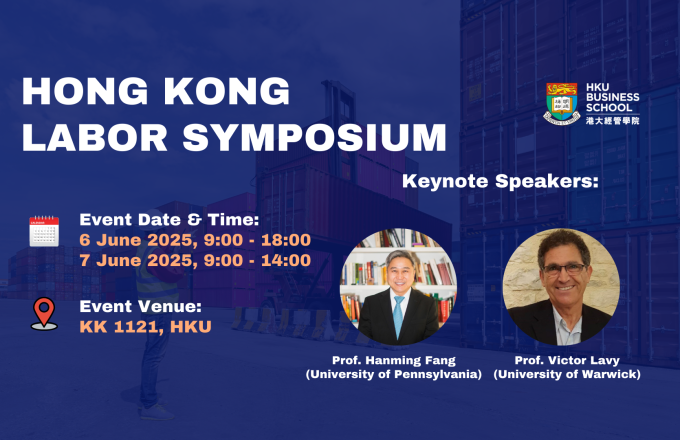
“Wait and See” or “Fear of Floating” by Prof. Kenneth Kasa
Professor
Department of Economics
Simon Fraser University
This paper studies the evolution of China’s exchange rate policy using real options theory. With intervention costs and ongoing uncertainty, intervention involves the exercise of an option. As always, increased uncertainty increases the value of this option. This “wait and see” effect leads the Central Bank to widen its intervention band. However, increased volatility also produces larger fluctuations in welfare, which creates a “fear of floating”. This induces the Central Bank to set a tighter band. To study this trade-off, our paper incorporates stochastic volatility into a New Keynesian target zone model, and then calibrates it to daily data from China. We find that increased uncertainty leads to a tighter intervention band, both in the data and in the model. Hence, in China, “fear of floating” dominates the “wait and see” effect.







